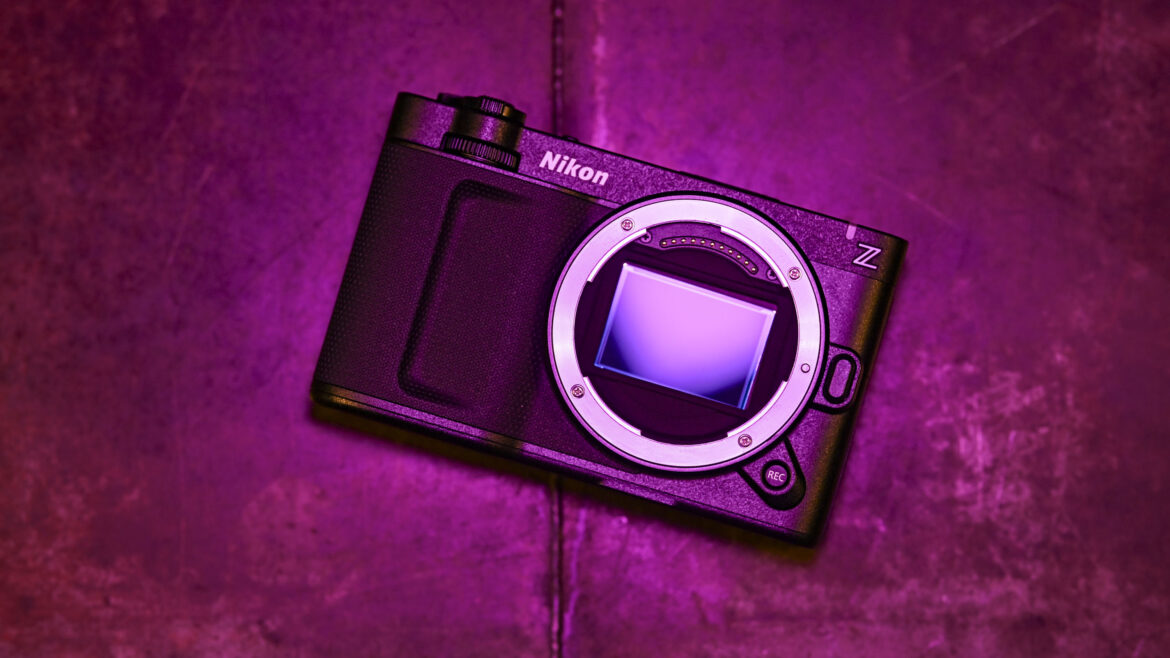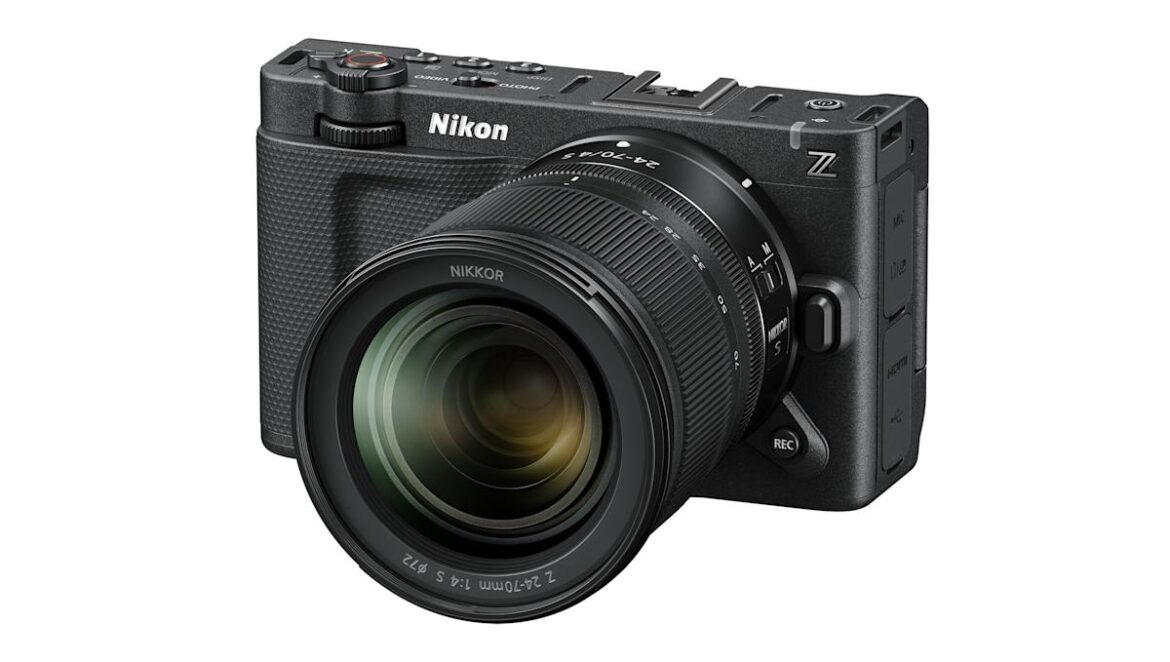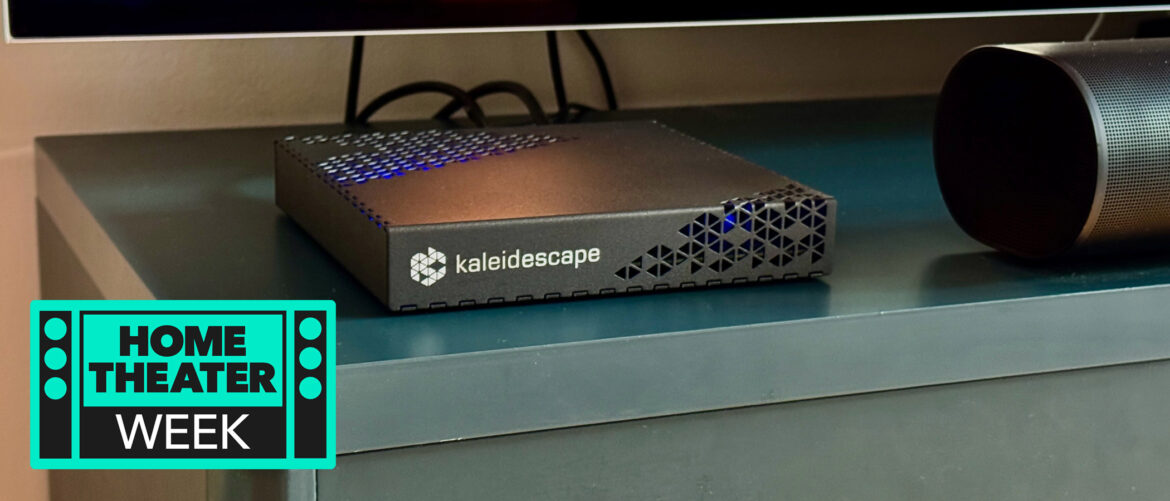Why you can trust TechRadar
We spend hours testing every product or service we review, so you can be sure you’re buying the best. Find out more about how we test.
Nikon ZR: two-minute review
The new Nikon ZR is the first in a new line of Nikon / RED cinema cameras, and instantly makes Nikon a major new player in this space, capable of going to toe-to-toe with Sony, Canon, Blackmagic and Panasonic.
Nikon only acquired RED Digital Cameras 18 months ago, and it’s made fast work of producing the surprisingly polished and capable ZR, adorned with Z Cinema Camera and Nikon / RED branding, and available for a tantalizing price that significantly undercuts rivals.
It packs a bunch of Nikon Z6 III tech, including the same 24MP partially stacked full-frame sensor, 5-axis image stabilization, subject-detection tracking autofocus and more, into an extremely compact, weather-sealed cinema camera body.
- Nikon ZR at BHPhoto for $2,196.95
We get 6K 60fps video with internal RAW recording, with any one of nine industry-favorite RED color profiles baked in – that’s the Nikon / RED amalgamation truly bearing fruit – plus 4K 120fps and Full HD 240fps slow-motion recording.
Handily, shutter angle can be set automatically to 180 degrees, so there’s no need to mess around with manual exposure settings, plus the shutter angle can be set to any position between five and 360 degrees manually, should you wish.
The Nikon ZR with new ME-D10 shotgun mic attached – the mic supports the camera’s 32-bit float audio capture skills (Image credit: Tim Coleman)
We don’t get open gate video recording as in some rivals like the Canon EOS C50, but the ZR has another trick up its sleeve: hold the camera vertically, and its UI automatically rotates, with the vertical orientation embedded in the video files and automatically detected in Nikon’s editing software, delivering full-resolution vertical video.
The ZR is the first camera of its kind with internal 32-bit float audio capture, plus what Nikon says is the best-quality internal mics yet – a triple mic combo with Ozo audio and a choice of five directional pickup patterns, including binaural.
Alongside the ZR, Nikon has launched the ME-D10 directional mic (you can see it slotted into the camera’s hotshoe in the image above), which is compatible with the camera’s 32-bit float capabilities.
This is also the smallest cinema camera I’ve used, yet it still squeezes in a large, brightest-in-class 4-inch vari-angle touchscreen. Naturally, there’s no viewfinder.
Nikon has put both its own and RED’s branding on the ZR, together with Z Cinema Camera (Image credit: Tim Coleman)
Given its tiny size, there are compromises. We don’t get some of the pro connectivity found in other pricier compact cinema cameras – for example there’s only a micro HDMI port, not a full-size one. However, if you still feel the need to use an external monitor even with the large 4-inch built-in display, all you’ll need is a micro-to-full-size HMDI adaptor to get connected.
Sadly, the ZR lacks mounting points for video accessories and, with no grip, you’ll definitely want to rig it up with a grip or a cage for a better hold. That means forking out for ZR-dedicated gear – Nikon outsources to leading accessory maker SmallRig.
However, at just $2,199.95 / £2,199.99 (Australia pricing is TBC), no other cinema camera comes close to the ZR for video features – and this aggressive pricing will soften the blow of any additional outlay on accessories.
I can see the Nikon ZR as a go-to b-cam for many pros, especially those already shooting with a RED camera, for whom the color profile matching will make for a seamless workflow. That said, this is a capable video camera in its own right too.
The Nikon ZR is an incredibly capable and polished compact cinema camera with world-first features, and an exciting first step into the filmmaking space for Nikon. Should video lenses soon follow (most Z lenses are designed primarily for photography), along with a higher-end cinema camera with pro connectivity to sit above the ZR, then Nikon will truly find its footing in this space.
The compact body is the smallest in this class of cinema camera, with a fairly simple control layout (Image credit: Tim Coleman)
Nikon ZR: price and release date
- Costs $2,199.95 / £2,199.99 (Australia pricing TBC)
- There will be various accessory bundles, TBC
- Sales start in October
The Nikon ZR costs $2,199.95 / £2,199.99 (Australia pricing is TBC, but that coverts to roughly AU$4,500). At that price it significantly undercuts rivals – such a feature set is typically found in cameras that cost around 50% more, and more often in cameras closer to twice the price.
That said, there are no video accessories included, and you’ll want to fork out for some in order to enjoy the ZR’s handling and feature set to its full potential. These will likely include a grip and / or cage, plus Nikon’s new ME-D10 directional mic, which is compatible with the camera’s 32-bit float audio format.
Nikon doesn’t make its own accessories such as grips or rigs, relying on third parties such as SmallRig to supply those. At the time of writing I don’t have pricing for dedicated ZR accessories.
The Nikon ZR is due to go on sale in October 2025.
Today’s best Nikon ZR deals
The ZR is compact cinema camera for run-and-gun filmmaking – an ideal b-cam (Image credit: Tim Coleman)
Nikon ZR: specs
Swipe to scroll horizontally
Video
6K up to 60fps, Raw internal
Photo
24MP full-frame
Lens mount
Nikon Z
Autofocus
Dual Pixel CMOS AF II
Screen
4-inch, 3.07m-dot, vari-angle
Viewfinder
N/A
Weight
19oz / 540g (body only)
Battery
EN-EL15 (same type as Nikon Z6 III / Z8)
Nikon ZR: Design
- Smallest and lightest cinema camera of its kind; weather-resistant
- Large 4-inch, 3.07m-dot touch LCD with brightest in-class display, no viewfinder
- No mounting points for accessories
- 3x internal mics, Ozo audio with five directional pickup patterns
As far as I know, the Nikon ZR is the smallest and lightest camera of its kind, weighing just 19oz / 540g (body-only). It’s also weather-resistant, which is a rarity in the cinema camera world.
There are pros and cons resulting from the tiny dimensions. Drawbacks include enthusiast-level connectivity, like micro HMDI rather than full-size (though you only need an adaptor to remedy this), and the absence of a grip or mounting points for accessories. A camera like the Canon EOS C50 feels more high-end, given its pro-level connectivity.
It feels best to keep things simple with the ZR, making the most of its compact body and powerful features by minimizing the number of accessories in play. A grip is the one accessory I would absolutely look into buying, while if you want to rig up the ZR you’ll need a cage, which will in turn allow you to attach accessories such as lights and mics – Nikon has partnered with SmallRig to create grips and cages for the ZR (pricing TBC).
Image 1 of 4
(Image credit: Tim Coleman)(Image credit: Tim Coleman)(Image credit: Tim Coleman)(Image credit: Tim Coleman)
Despite its tiny body, the ZR packs a large 4-inch touch display. As such, I don’t really see the need for attaching a bulky external 5-inch monitor. It certainly helps that the ZR’s 3.07m-dot display is wonderful bright and vivid – the brightest in its class, says Nikon. Mind you, I’ve only used the ZR in a studio; a truer test will be the bright outdoors.
Other cinema cameras, like the Sony FX3 and Canon EOS C50, only have 3-inch displays, while the Blackmagic Cinema Camera 6K has a mega 5-inch unit. In the case of the Sony and Canon models, I’d absolutely want to add a monitor to my setup.
The camera’s top plate is pretty simple: there’s a photo / video switch (though sadly the UI remains the same whichever setting you’re in, rather than there being dedicated menus for photo and video), record button with rocker, plus three buttons for accessing items such as display settings.
The rear is dominated by the large touch display, which when folded away reveals the Nikon / RED branding. Beside it are a joystick for controls such as autofocus point selection, a menu button (a quick press brings up the main menu and a long press brings up the quick menu, which is a nice touch) and a playback button.
Image 1 of 4
(Image credit: Tim Coleman)(Image credit: Tim Coleman)(Image credit: Tim Coleman)(Image credit: Tim Coleman)
Battery life promises to be okay, given that the ZR uses the same EN-EL15 battery as the Nikon Z6 III and Nikon Z8. There are no vents or cooling fans, though, which would normally suggest that a camera of this type would be prone to overheating during long recording sessions.
I haven’t recorded clips any longer than a few minutes, but I’ll be sure to run the camera for longer during my in-depth testing. However, Nikon says the camera’s magnesium alloy body is a natural heat sink, and promises that long record times are possible, and based on my experience with previous Nikon cameras I have no reason to doubt it.
There’s exciting tech under the hood, too, namely a totally new Ozo audio setup, which comprises three mics. Together, these offer five directional pickup patterns, including front narrow (like a shotgun mic), front wide, rear and binaural 3D stereo.
Nikon says this Ozo system is the best internal mic setup of any camera, and it’s supported by a world-first: in-camera 32-bit float audio capture. Nikon’s new ME-D10 shotgun mic, released at the same time as the ZR, supports 32-bit float audio too.
Those are impressive audio features for any camera, let alone one at this price point, and I look forward to properly testing them out.
Nikon ZR: Performance
- 6K up to 60fps, 4K up to 120fps, Full HD up to 240fps
- Internal RAW recording and RED color profiles (up to nine in-camera at any time)
- Subject-detection autofocus and 5-axis image stabilization
- 24MP stills, partially stacked full-frame sensor
For the most part, the Nikon ZR has the same photo and video specs as the Z6 III (which we awarded five stars out of five in our in-depth review), which means a full-frame partially stacked 24MP sensor equipped with 5-axis image stabilization.
Add in decent subject-detection tracking autofocus and the ZR is a capable stills shooter, although while this is useful for on-set stills, the main focus of my testing is of course the ZR’s video chops.
There’s the partially stacked 24MP full-frame sensor and Nikon Z mount (Image credit: Tim Coleman)
Like the Z6 III, the Nikon ZR shoots 6K up to 60fps, 4K up to 120fps and Full HD up to 240fps. There’s the option for shooting internal RAW with a 12-bit color depth, or keeping things simple and baking in the look at capture with 10-bit recording.
Given the array of creative styles and color profiles on board, which includes space for up to nine RED color profiles at any one time, you might just feel happy to skip shooting RAW, with its large file sizes and grading demands, and use one of the many baked-in color profiles instead to save editing time and space on your hard drives.
I shot a variety of video clips during a half-day session with a drummer in action inside a studio, including 6K RAW, a few of the RED profiles baked in, and 240fps slow-motion – see my sample video, above.
In this setting, the ZR delivered some superb-looking video. I’ll be expanding this first impressions review with more detail about its video and audio quality, once I’ve had an extended time with the ZR.
The ZR is a decent camera for photos too, with 24MP stills (Image credit: Tim Coleman)
Nikon ZR: also consider
(Image credit: Tim Coleman)
How I tested the Nikon ZR
- I had just half a day with the ZR
- I paired it with multiple Nikon Z lenses and tried out the new ME-D10 mic
- No third-party accessories were available, so I used the camera handheld
I had the opportunity to shoot with the Nikon ZR for half a day ahead of its launch, using it for an indoor stage-lit shoot of a drummer in action.
Nikon supplied an array of Z-mount lenses for the shoot, of which I used a few primes and zooms. The new ME-D10 directional mic was also available on the day.
Nikon doesn’t make its own rigs or cinema camera accessories, relying on third parties such as SmallRig instead. None of these accessories were available to me, so I shot with the ZR entirely handheld, without a grip or rig.
During my limited test time I made sure to shoot in 6K RAW, 240fps slow motion, and to try out various color profiles, focusing on the RED looks.
I have plenty of experience using rival cinema cameras such as the Sony FX3, so I’m well equipped to make an informed initial assessment of the ZR. That said, cinema cameras need to prove themselves as tools their users can rely on shoot after shoot, so check back soon for my in-depth verdict after I’ve spent more time with the camera.
Nikon ZR: Price Comparison



